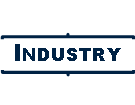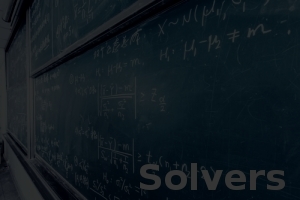







 |
 |
 |
Our ultimate goal is to leverage our work on flexible software and high-fidelity, efficient solvers towards the invention of future applications that are environmentally sound and economical.
A first-order target in this area is to contribute towards the ongoing evolution of our fundamental understanding of constitute relations such as those related to sorption, Knudsen effects in nanoscale zones, continuum damage, and multiphase flow. An initial example of such efforts is available here; simulation of CO2 sequestration and enhanced gas recovery in shale.
Beyond the first-order target, we also seek to experiment with ideas for groundbreaking (literally) applications using computational experimentation. We hope to marry fundamental research through our collaborations with field-scale process simulation and design.
Geomechanics
Stimulation methods such as hydraulic fracturing yield stimulated zones that are limited to a locale surrounding the well. Interactions with extensive natural fracture systems can lead to successful production from otherwise impermeable reservoirs. The interplay between pore pressure and geomechanical stresses and displacements is important. The effects could lead to dramatic differences in production as well as to questions regarding induced seismicity and/or structural stability. In addition to the accurate and practical simulation of steady-state geomechanical effects, we are exploring ideas that require us to incorporate time-dependent geomechanics.
Example: Lithotripsy is a non-invasive medical procedure that is used to break up stones in the kidney, bladder, or ureter. This process uses shock waves that are focused onto the target zone, causing stress concentrations that are sufficient to cause localized continuum damage. We are investigating the potential application of this process to stimulate intrawell zones in the subsurface. After accurately coupling the stress wave propagation dynamics to flow and transport, we aim to investigate the impacts of wave dynamics (attenuation, refraction, and reflection), continuum damage models, and damage effects on flow properties. We will explore operating parameters including source locations and amplitudes in order to assess the feasibility of this process.
Electro-osmosis
Electro-osmosis is governed by a Helmholtz form. Under a voltage potential difference it is well-known that phases with different ionic polarity migrate to one pole or the other. Electro-osmosis is successfully applied in contaminant remediation. With recent interest in stimulation and recovery from shales, there are a number of potential applications in the energy sector.
Example: An important factor in drilling in shales is water migration from water based muds into the formation. The migration occurs due to a number of well-studied effects. Wellbore stability is frequently cited as a major concern that is compromised by water migration. A proposed idea is to apply electro-osmosis in order to reduce water migration out of the mud system and into the shale. By incorporating the governing form for electro-osmosis and coupling it to sorptive, advective, and diffusive transport, we hope to study the operating parameters that are required to improve drilling with water based muds in shales.
Coupled Free
Flow and Transport
Processes such as Underground Coal Gasification involve the coupling between free mass and heat transport and flow in porous media. We aim to develop fully coupled models using well-established interface conditions at the boundaries.